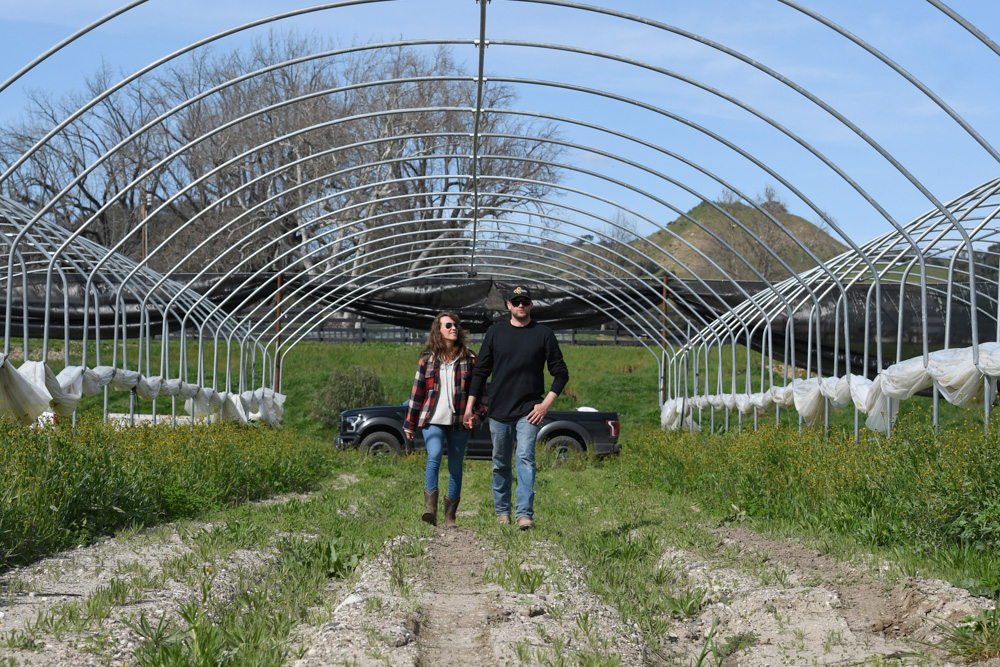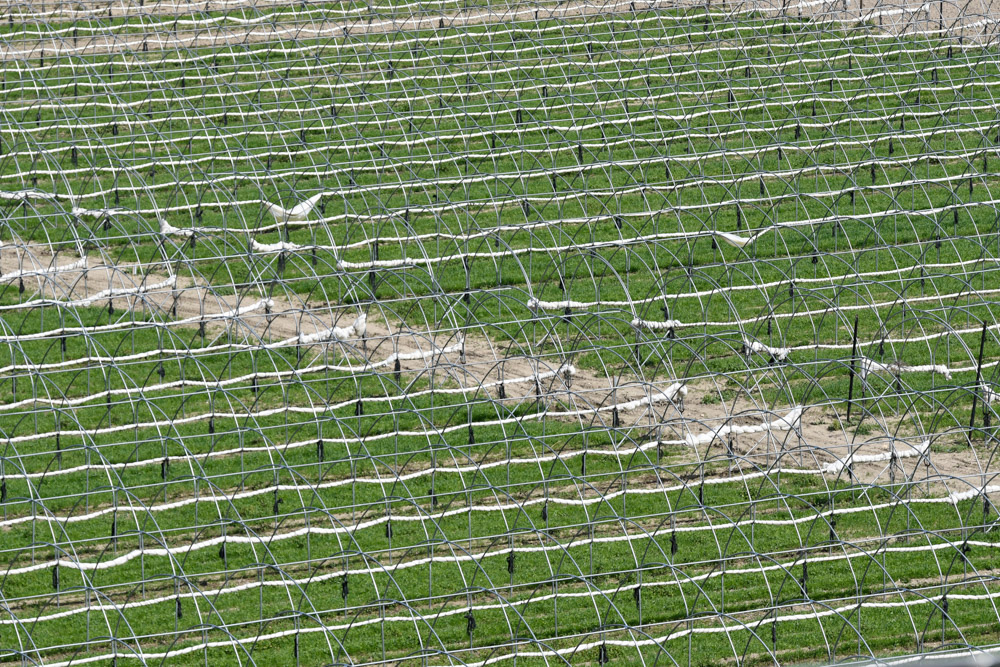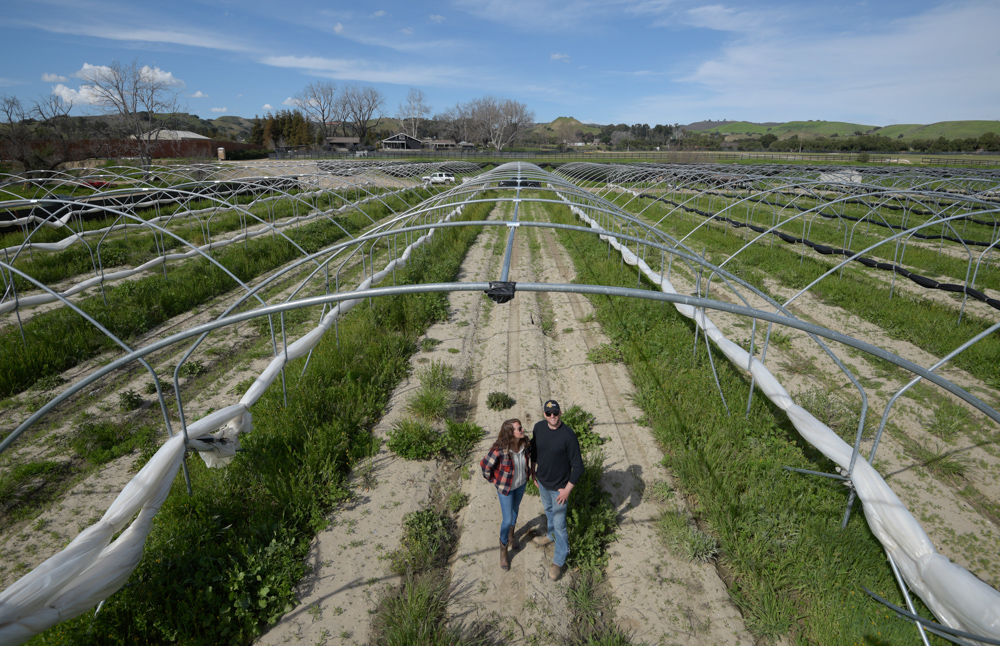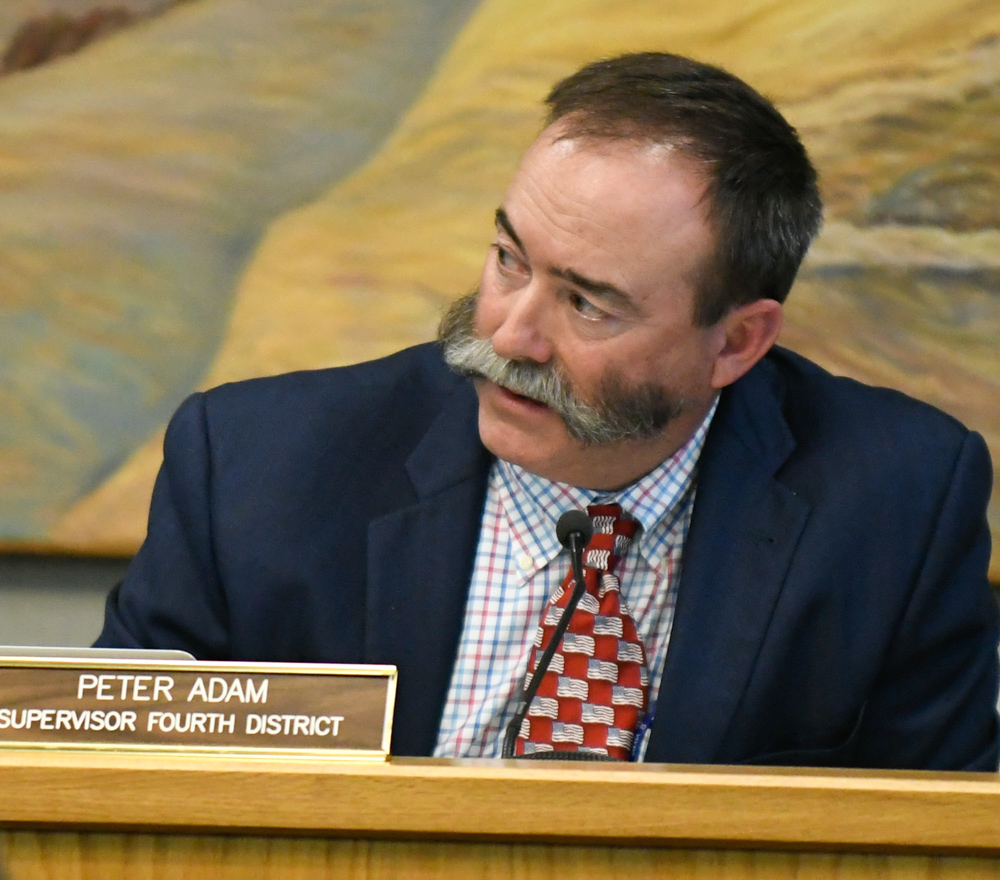In Battle of Hoop Houses, Cannabis Wins
Tensions Between Wine and Weed Bubble Over in Santa Ynez Valley

To the extent the battle over hoop houses is, in reality, a showdown between wine growers and a new wave of outdoor cannabis growers just now discovering the sublime virtues of the Santa Ynez Valley, Sara Rotman should be regarded as a warrior queen for Santa Barbara’s newest yet oldest industry — marijuana. In previous incarnations, Rotman had successfully invented herself as an icon of iconhood, a one-woman hi-glam fashionista branding machine. Over the years, she became world famous as the ass-kicking, globe-trotting, but brutally down-to-earth triple-A-plus personality marketing executive. Her company — My Own Damn Company (MODCo) — had offices in New York, Los Angeles, and Buenos Aires. For fun, Rotman, who grew up in Michigan, didn’t just play polo; she fielded her own team.
In 2014, Rotman and her husband, Nate Ryan — a third-generation Carpinteria avocado farmer — bought a 65-acre spread adjacent to the Santa Ynez River just outside Buellton to raise polo ponies and get away from it all. Then life happened. Or almost death. First, there was renal failure, then liver failure, then tetanus. All could have killed her. “I was so sick, I’d suck the fart out of a dead duck if it made me healthy,” Rotman stated in an interview the day before this week’s marathon showdown over hoop houses and cannabis at the Board of Supervisors. Such drastic remedies, it turns out, did not prove necessary.
Like many people dealing with chronic illness, Rotman would discover the healing powers of cannabis, or more precisely, the cannabis component known as CBD. It knocked down the pain; it helped fight the inflammation. To get healthy, Rotman had started raising all her own food. It just made sense, she said, to grow her own medicine, too. Before long, Rotman had two acres under cultivation. She started two new companies — Busy Bee and Bluebird 805 — to grow and market cannabis and cannabis products. And according to county documents, Rotman and Ryan are applying for permits to expand to 15 acres. All under hoops.

Therin lies the rub.
For eons, hoop houses existed only on the periphery of most people’s consciousness. In the past four years, however, they’ve exploded, fueled by the arrival of two new industries now transforming the Santa Barbara landscape: berries and cannabis. Not only are there more hoops up, but they’re bigger too, and they seem to be everywhere. Until now, growers didn’t bother with permits, and county regulators didn’t care.
About five years ago, a company growing hydroponic tomatoes wanted to erect some hoops and stumbled onto inconsistencies in county codes. Supervisor Peter Adam — an outspoken champion of all things ag — sought to iron out these wrinkles, thus opening a can of worms that the supervisors spent four hours dealing with Tuesday. At the same time, Santa Barbara’s nascent pot industry started taking off; in North County cannabis grows, hoops are as indispensable as greenhouses in Carpinteria. They shield plants from scorching sunlight, reduce water consumption by as much as 45 percent, extend growing seasons, expand the number of harvests, and provide shade for workers.

What Adam thought should have been a simple fix turned out to be anything but. As the hoops ordinance wound its way through the county’s legislative process, Santa Ynez vintners — conspicuously asleep at the switch when the supervisors crafted its weed ordinance — woke up and smelled the cannabis. The stench of harvest season, they complained, violently intruded on the olfactory quality of the tasting-room experience. Acres of shiny white plastic gleaming in the noonday sun— “a blinding glare,” according to one speaker at Tuesday’s supervisors’ meeting — destroyed the magical ambience that draws 1.5 million visitors to the Santa Ynez Valley. Accordingly, they tried to get the county Planning Commission to insert language into the new hoop ordinance that would bite the cannabis industry squarely on the ass.
From the beginning, that fight was all about exemptions to the new rules: what operations would need permits — and what kind of permits — and what operations wouldn’t. Wine advocates supported broad exemptions for anyone engaged in any bona fide agricultural operations. But because cannabis is not a food, but a federally controlled drug with no government-recognized medical benefits, they argued cannabis should be denied all the hoop-house exemptions that would otherwise be afforded berry growers.

Ultimately, the Planning Commission would reject this proposal. But in the course of seven grueling meetings, it would adopt regulatory hurdles — designed to protect the scenic beauty of the Gaviota Coast and 8,500 acres of the Santa Ynez Valley — sufficiently steep enough that not even Sara Rotman herself could clear them. Rotman lives in what’s called the Santa Ynez Design Overlay district, adopted 10 years ago as part of the Santa Ynez Community Plan. According to the planning commission proposal, any project requiring more than 20,000 square feet of hoop houses in this design overlay would require a “development permit,” which typically require environmental impact reports and planning commission hearings where unhappy neighbors can weigh in. Decision makers are invested with wide discretionary latitude. County department heads can throw in conditions of their own. One acre is 43,560 square feet.

Rotman has two acres under cultivation and more on the way. She would need to obtain a development permit. She wasn’t having it. She circulated a petition and gathered 1,000 signatures. She helped underwrite the cost of an industry sponsored survey showing most people believe the cannabis industry is beneficial not harmful. And she charged in an editorial — most of which she read to the supervisors this Tuesday — that the viewshed protections in the proposed ordinance was designed to “placate the delicate, elitist sensitivities of neighbors who seek to force their aesthetic point of view on the entire county.” The ordinance, she stated, runs counter to “the law of the land,” not to mention the county’s commitment to agriculture and the U.S. Constitution. As for the so-called visual blight, Rotman commented privately she’d rather see 100 acres of hoops than a “McMansion on top of a ridgeline.” As for alleged odor issues, Rotman noted that her immediate neighbor grows broccoli, which she contended, “smelled like a big fart.”
During Tuesday’s marathon board session, it looked like the supervisors might strangle themselves with the red tape they sought to tame. But after many gyrations, a few harsh exchanges, and considerable frustrations, the supervisors voted 3-2 to maintain the design overlay zones, but to seriously downgrade the level of environmental scrutiny required. In other words, Rotman will not be exempted from having to seek a special permit for her hoops, but she will be required to obtain a land-use permit instead, rather than the development permit initially proposed. In terms of regulatory burden and discretionary review, it’s night and day. It’s all but an over-the-counter permit.
Rotman and her fellow cannabis warriors clearly won the battle Tuesday, but the outcome of the broader war remains far from resolved. The ordinance conceptually endorsed by the supervisors jettisoned or weakened almost all the environmental mitigations called for in the environmental report for the hoops ordinance. The supervisors voted to allow hoops on much steeper terrain than even the planning commissioners recommended, and three times what environmental attorney Marc Chytilo had demanded. Chytilo is a very significant player in this melodrama because it was the mere threat of a lawsuit from Chytilo that stampeded the supervisors into conducting an environmental-impact report (EIR) in the first place. That EIR outlined eight significant impacts from hoop houses. Mitigations for all but one have been rejected, either by the supervisors or the planning commission.
Based on new information presented Tuesday by Sharyne Merritt, a farmer, marketing professor, and member of the county’s Agricultural Advisory Commission, that EIR drastically understated how much cannabis will be grown under hoops in Santa Barbara County. According to the EIR, there would be 67 acres of cannabis under hoops. In reality, Merritt charged, there are county licenses for 689 acres’ worth of cannabis-infused hoops. In Sacramento, she said, there are license applications for 264 additional acres of hooped cannabis. County supervisors wondered whether this made the EIR vulnerable to legal challenge. They were told it was based on the best information available at the time and that no one really knew how many licensed acres would ever be planted. It remains to be seen whether Chytilo throws a legal monkey wrench into the gears of the county’s gathering cannabis machine. With Santa Barbara County poised to become the epicenter for cannabis cultivation in the state of California — with nearly one third of all cultivation licenses in the state — the stakes are nothing if not enormous.



